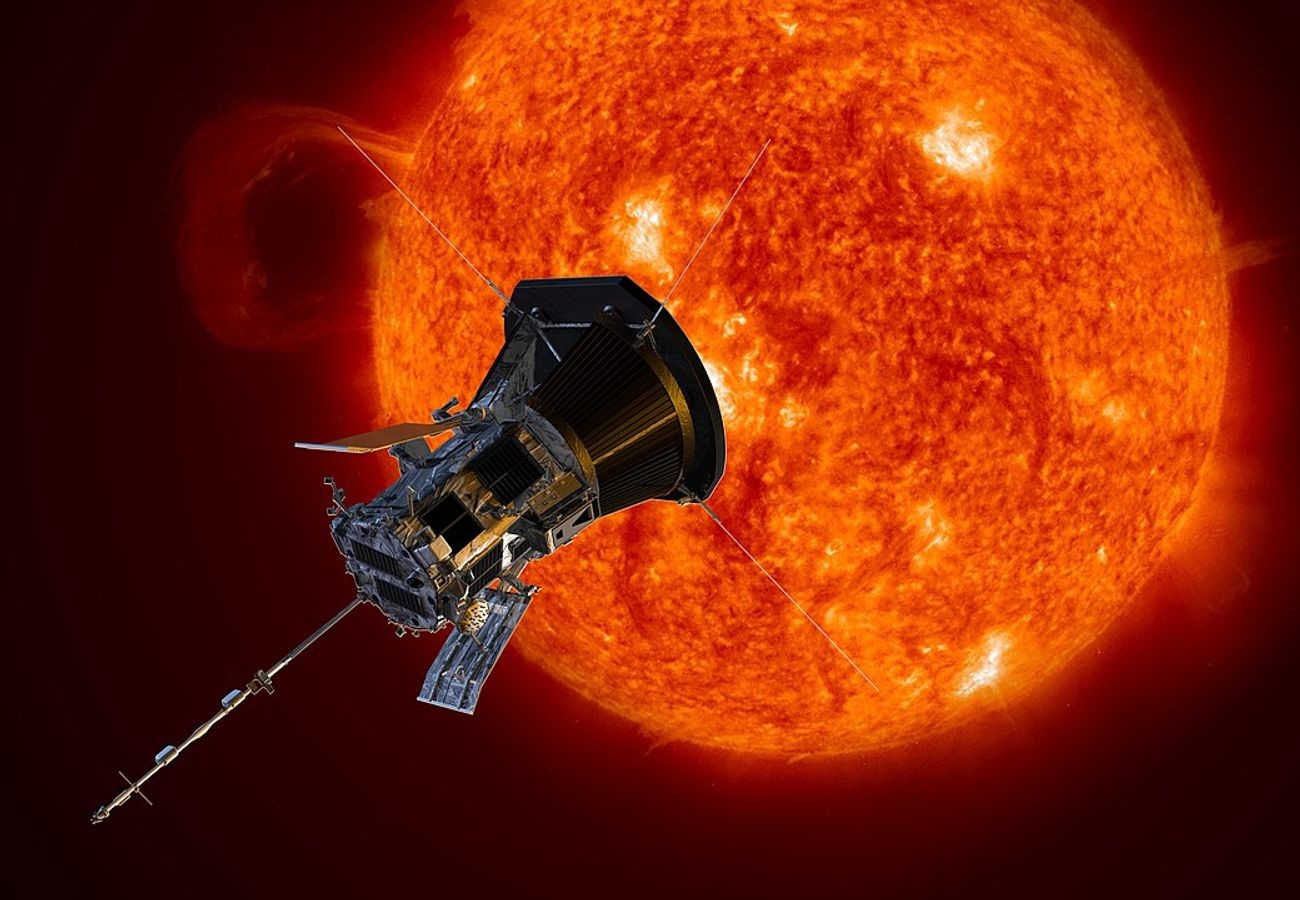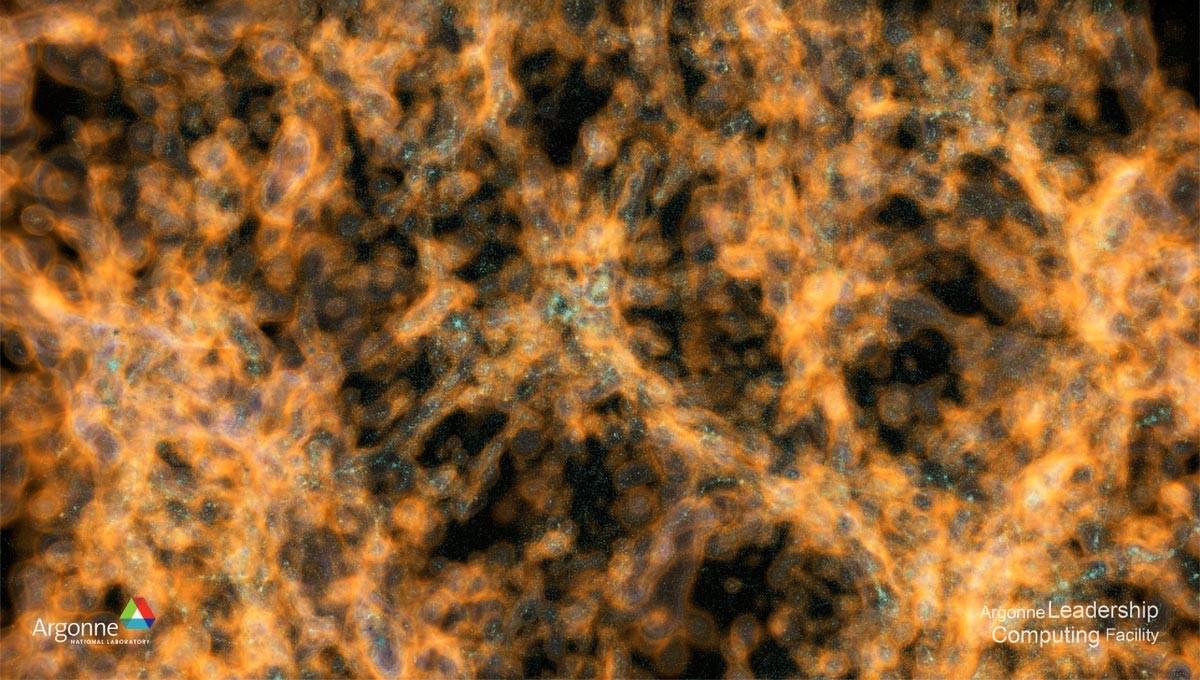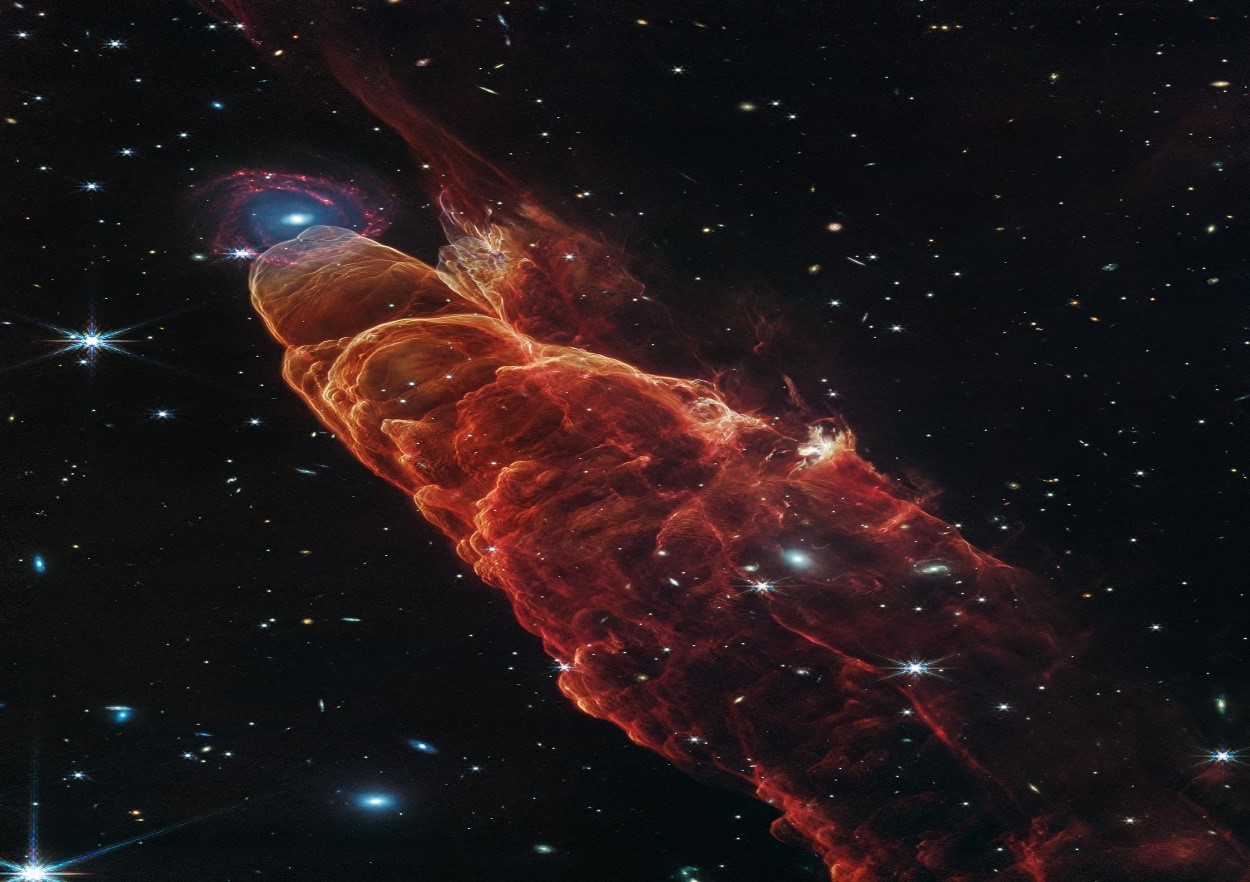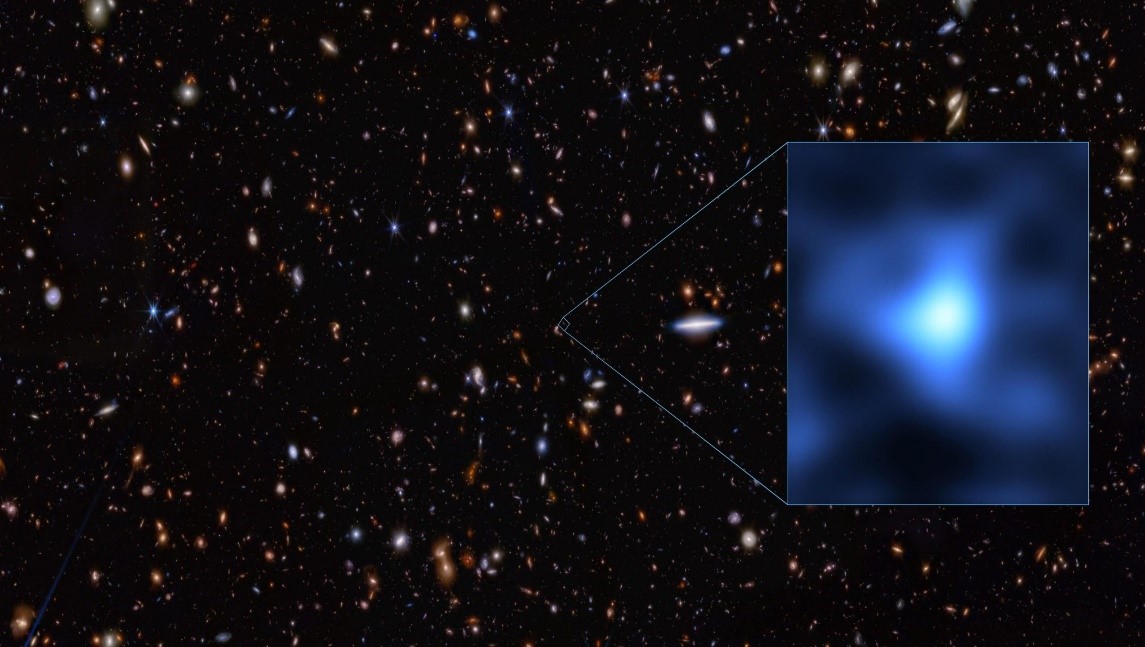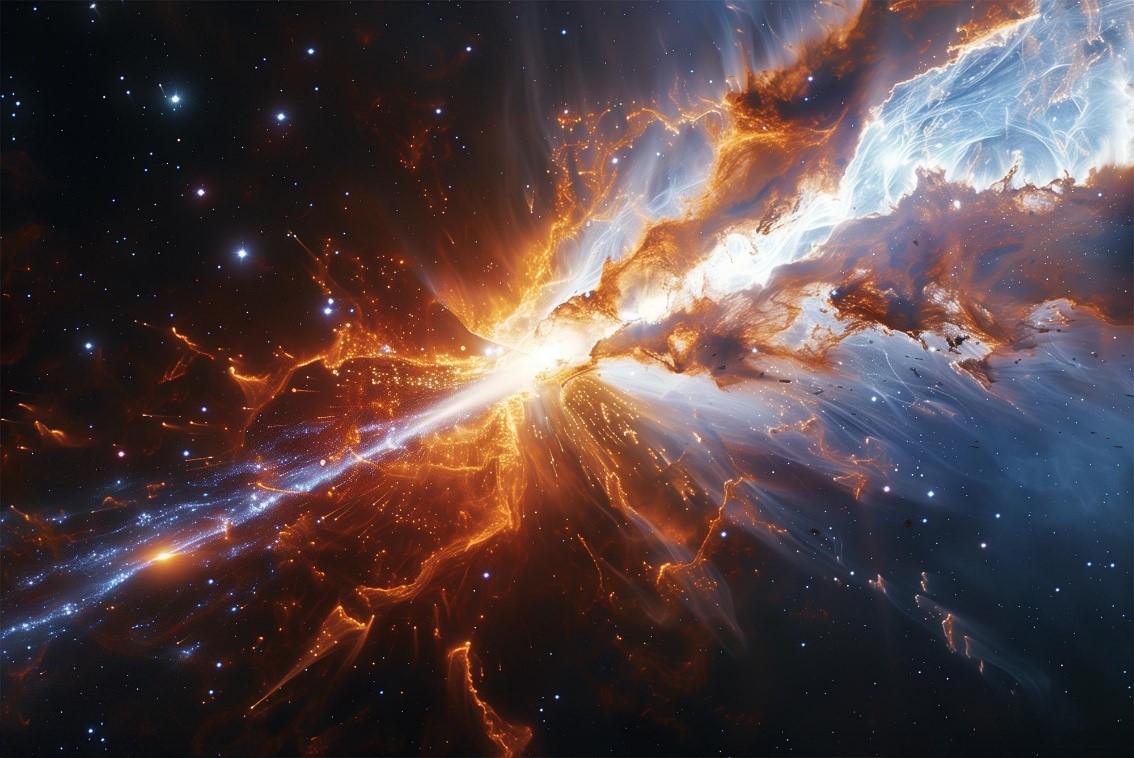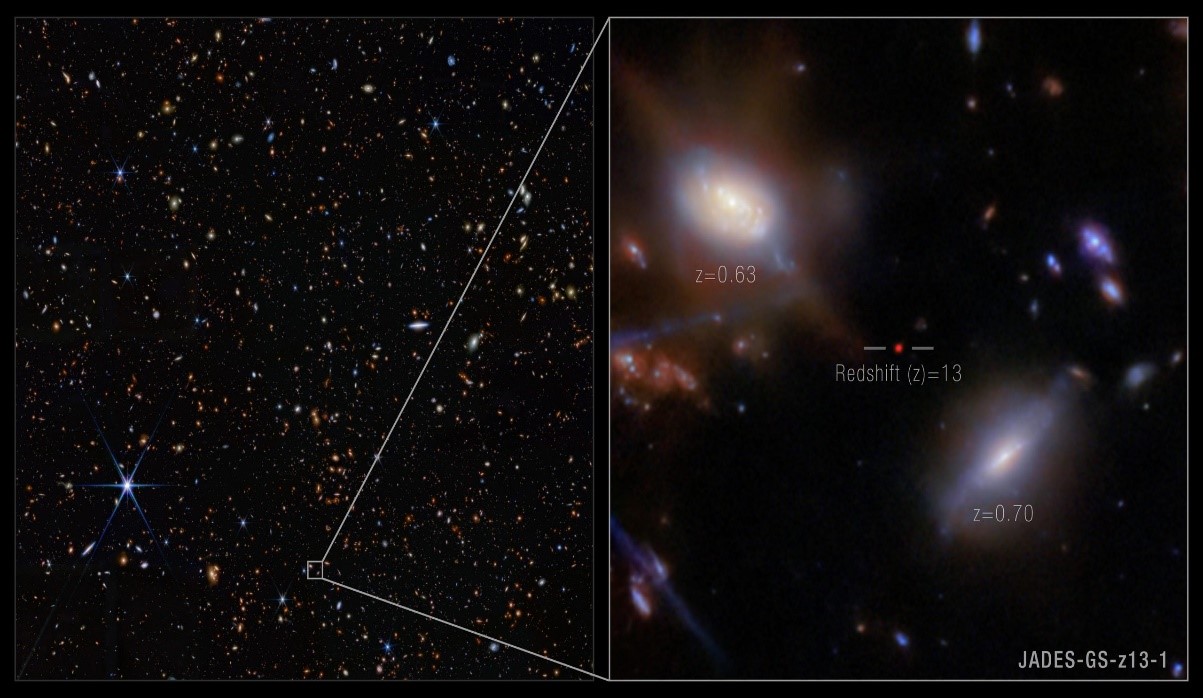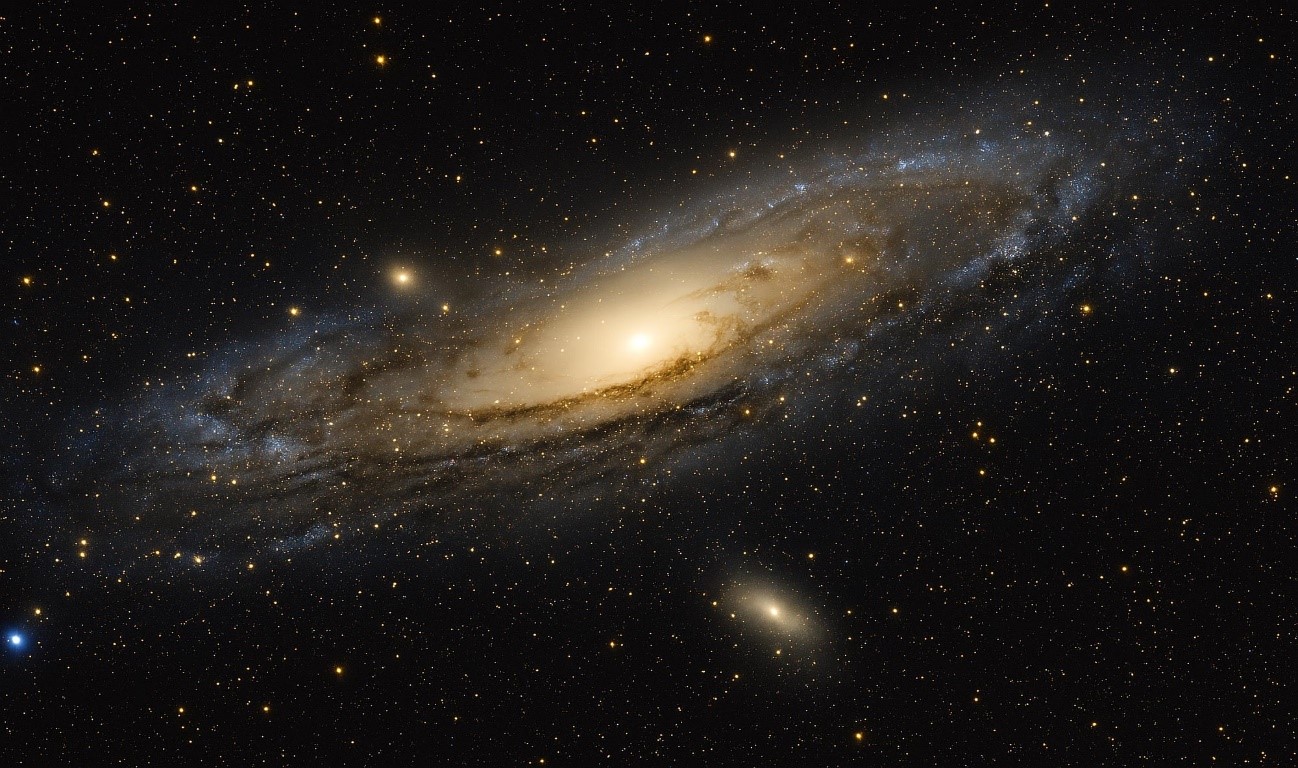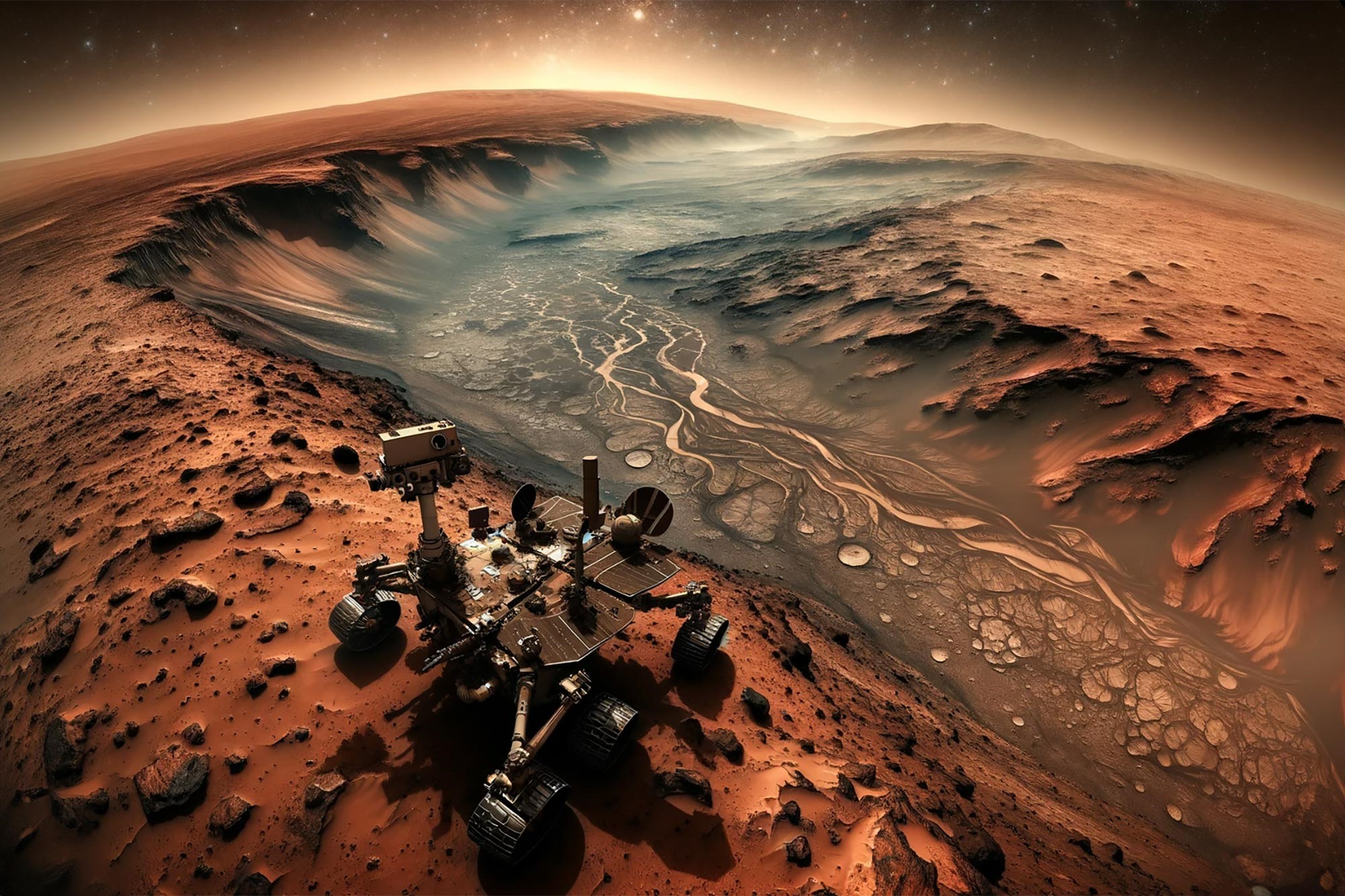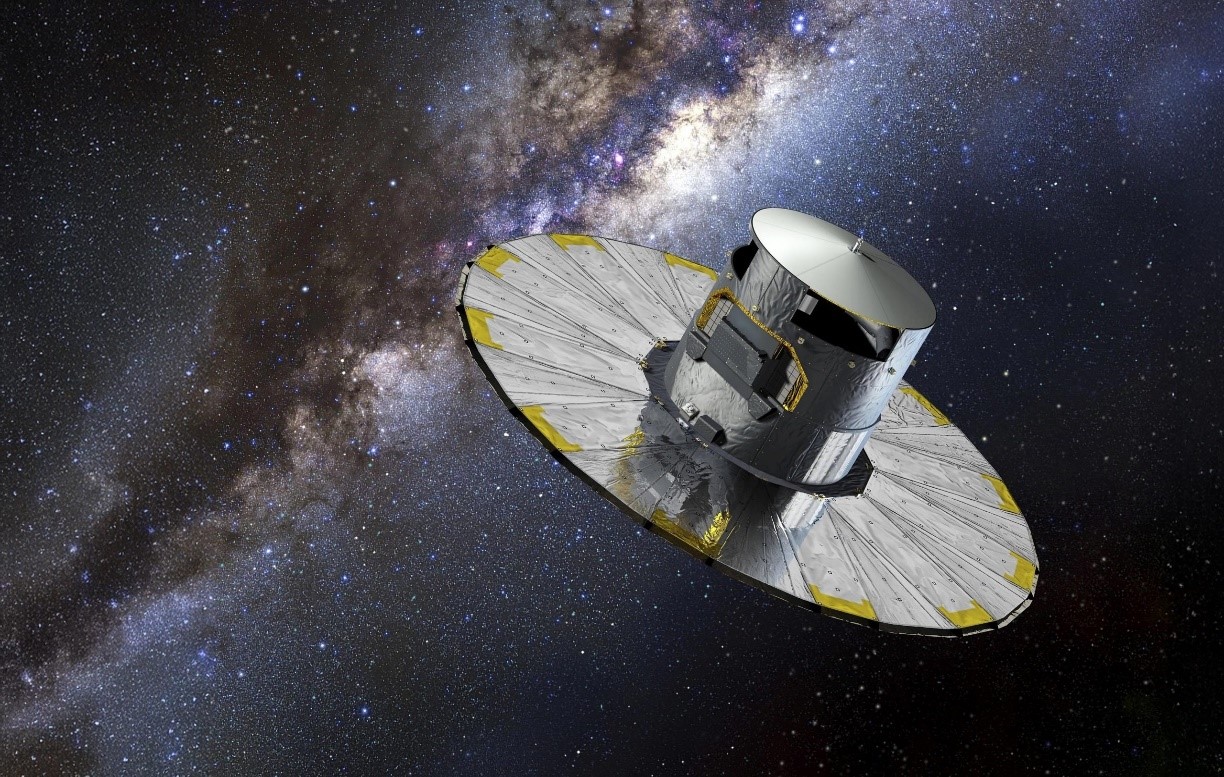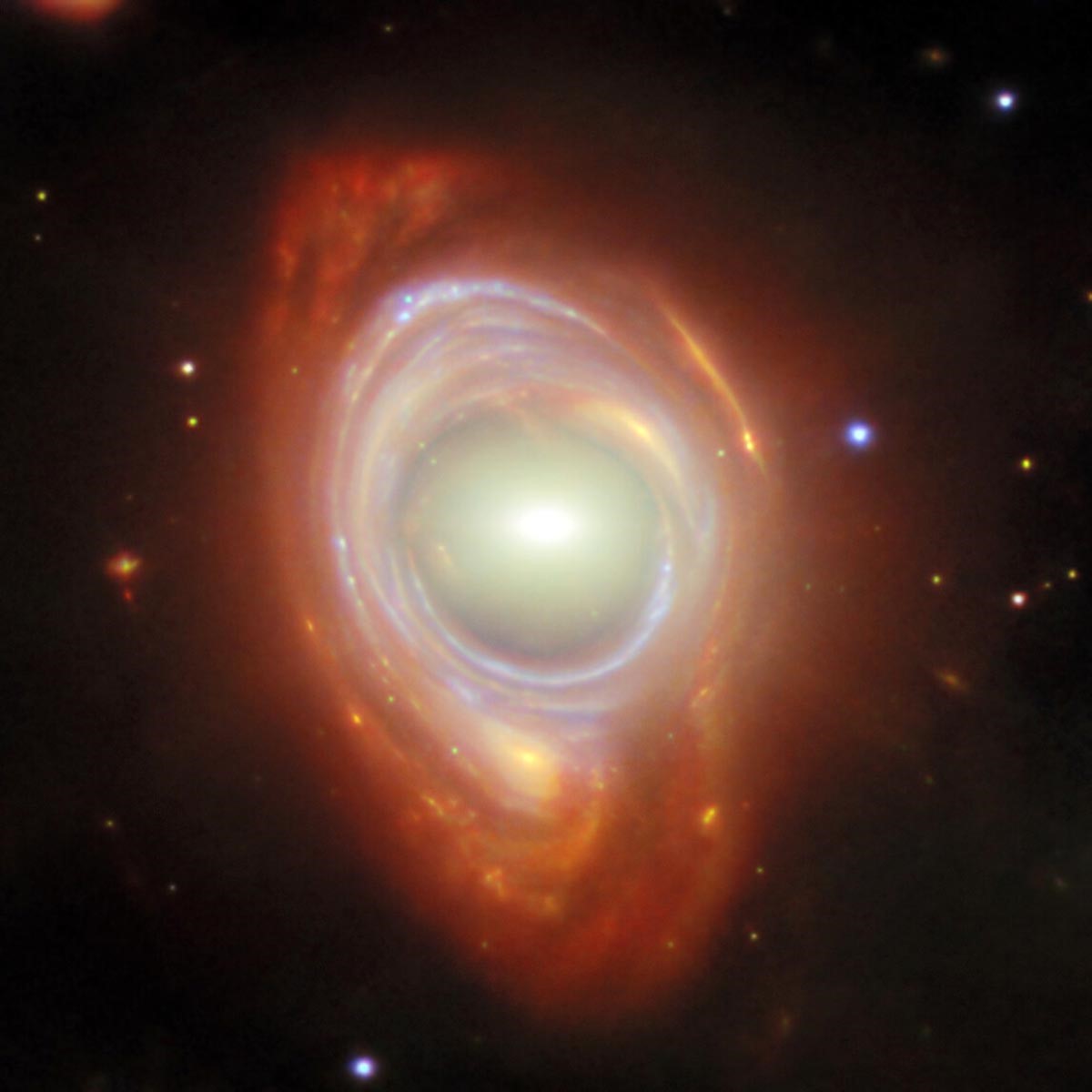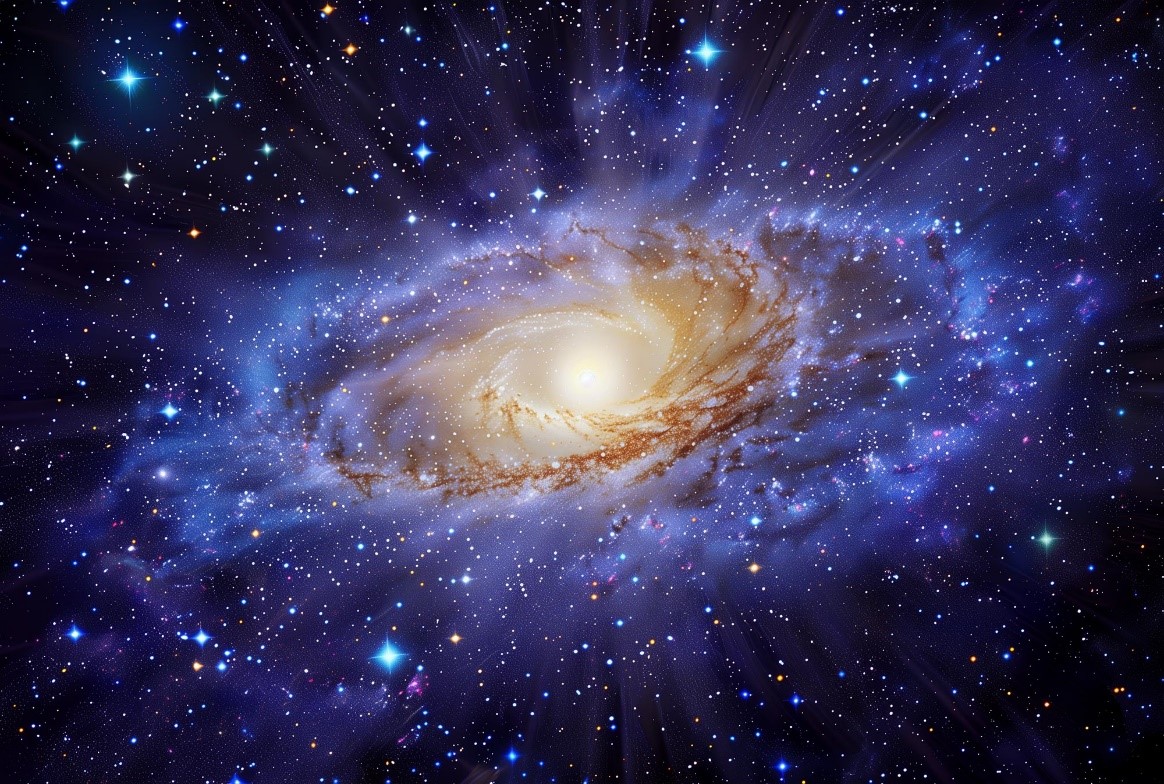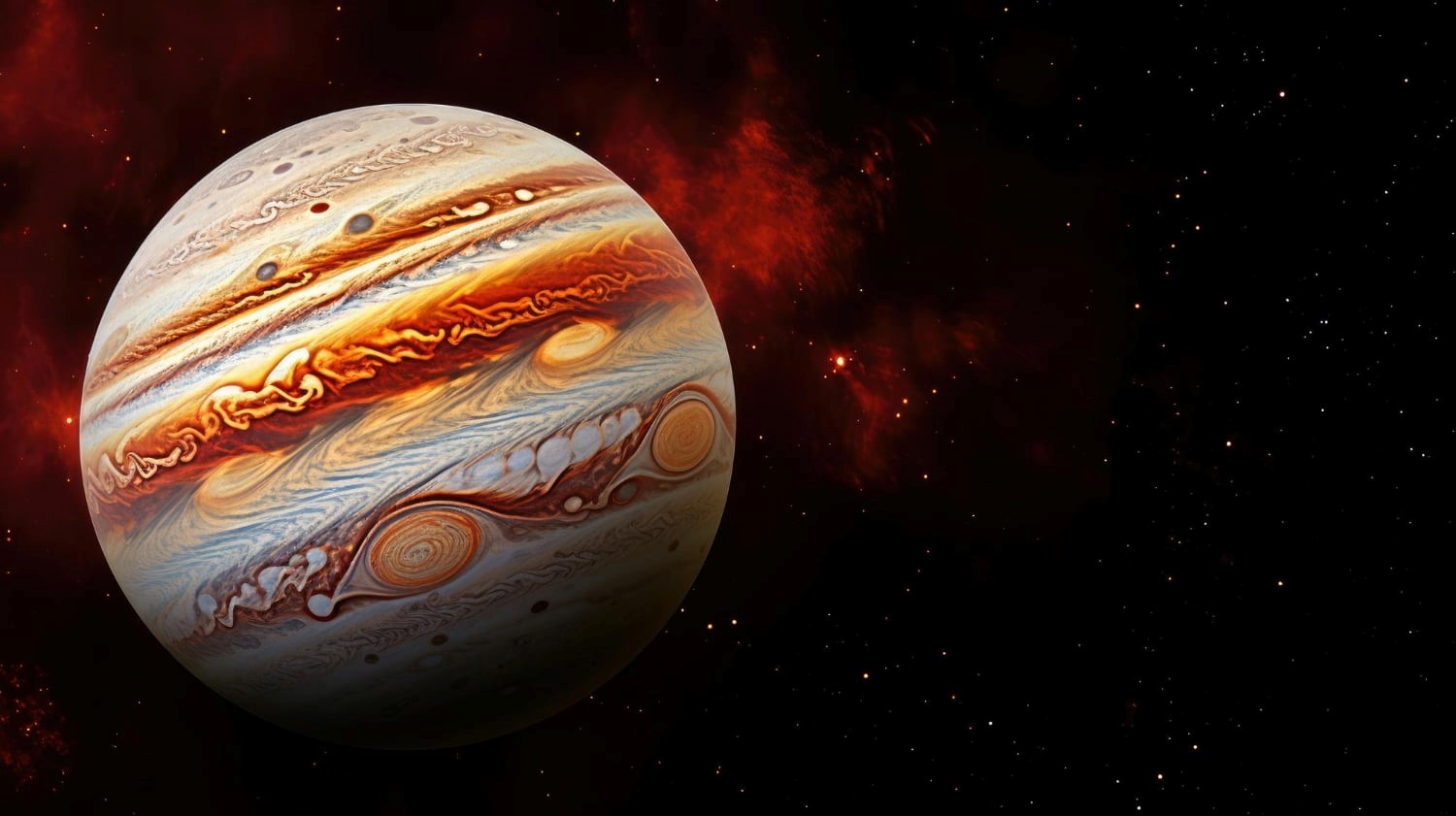Firefly’s Blue Ghost Records First HD Video of a Breathtaking Lunar Sunset
Firefly’s Blue Ghost Mission 1 set a new milestone in commercial lunar exploration, outlasting all previous private missions and successfully delivering 10 NASA instruments to the Moon.
The mission achieved several firsts, including the deepest robotic thermal probe on another planetary body and the first-ever GPS tracking on the Moon. The data collected will be instrumental in supporting future Artemis missions and advancing deep-space exploration.
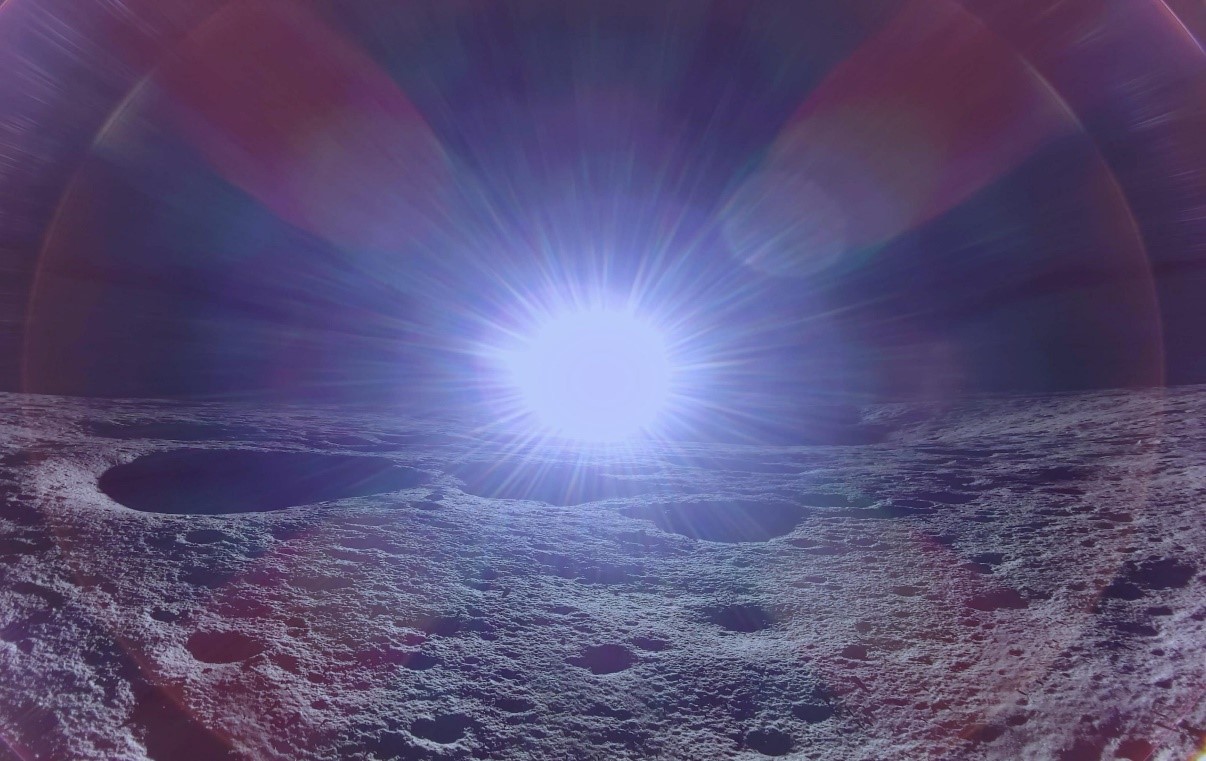
Figure 1. Blue Ghost Mission 1 Captures Lunar Sunset
Milestone Landing and Mission Achievement
Firefly Aerospace’s Blue Ghost Mission 1 successfully landed on the Moon on March 2, carrying NASA science and technology payloads. Although the mission concluded on March 16, data analysis continues, offering valuable insights for future lunar exploration. Figure 1 shows Blue Ghost Mission 1 Captures Lunar Sunset.
As part of NASA’s Commercial Lunar Payload Services (CLPS) initiative and the Artemis program, the Blue Ghost lander delivered 10 NASA instruments to the Mare Crisium basin on the Moon’s near side [1]. During its 14-day mission—spanning a full lunar day—it captured images and videos of a total solar eclipse and a lunar sunset. The lander continued transmitting data for several hours into the lunar night before ceasing operations.
"Experience a Lunar Sunset – Firefly’s Final Gift from Blue Ghost Mission 1!"
Setting Records and Expanding Boundaries
Firefly’s Blue Ghost Mission 1 set a new record as the longest-duration commercial mission on the Moon, gathering valuable scientific data that will benefit humanity for years to come.
Nicky Fox, associate administrator of NASA’s Science Mission Directorate, highlighted the significance of the mission, emphasizing how NASA’s CLPS initiative is positioning American companies at the forefront of a growing lunar economy, paving the way for future exploration on the Moon and beyond.
All 10 NASA payloads were successfully activated, gathered data, and operated on the Moon. During the mission, Blue Ghost transmitted 119 gigabytes of data to Earth, including 51 gigabytes of science and technology data. Additionally, the payloads had extended opportunities to conduct research and collect further data, particularly during the eclipse and lunar sunset.
Operating on the Moon is challenging, and carrying 10 payloads—the most ever flown on a CLPS mission—makes Blue Ghost Mission 1 even more remarkable. Joel Kearns, deputy associate administrator for exploration at NASA’s Science Mission Directorate, emphasized the significance of the mission, noting that teams are actively analyzing the data and eagerly anticipating the scientific discoveries it will yield.
Groundbreaking Technological Achievements
Among its many accomplishments, several NASA instruments conducted groundbreaking science and technology demonstrations, including:
- LISTER (Lunar Instrumentation for Subsurface Thermal Exploration with Rapidity) set a new record as the deepest robotic thermal probe on a planetary body, drilling up to 3 feet and performing thermal measurements at varying depths.
- LuGRE (Lunar GNSS Receiver Experiment) tracked GPS and Galileo signals for the first time en route to and on the Moon, showcasing GNSS navigation’s potential for future Artemis missions and even Mars exploration.
- Radiation Tolerant Computer operated successfully through Earth’s Van Allen belts and the lunar night, proving its capability to mitigate radiation effects and enhance mission safety and cost efficiency.
- Electrodynamic Dust Shield effectively removed lunar regolith using electrodynamic forces, presenting a promising dust mitigation solution for lunar and interplanetary missions.
- Lunar Magnetotelluric Sounder deployed five sensors to analyze the Moon’s interior, gathering data on electric and magnetic fields at depths of up to 700 miles.
- LEXI (Lunar Environment Heliospheric X-ray Imager) captured X-ray images to study interactions between the solar wind and Earth’s magnetic field, contributing to space weather research.
- Next Generation Lunar Retroreflector reflected laser signals from two Earth-based observatories, helping refine measurements of the Moon’s shape and distance from Earth.
- Stereoscopic Cameras for Lunar Plume-Surface Studies recorded about 9,000 images during lunar descent and touchdown, analyzing the effects of engine plumes on the lunar surface and operating into the lunar night.
- Lunar PlanetVac successfully collected, transferred, and sorted lunar soil using pressurized nitrogen gas, demonstrating an efficient robotic sample collection method.
- Regolith Adherence Characterization examined how lunar dust clings to various materials, aiding in the development of spacecraft, spacesuits, and habitats resistant to abrasive regolith.
Paving the Way for Future Lunar Missions
The collected data will offer valuable insights into space weather and cosmic forces affecting Earth while enhancing understanding of the lunar environment for future Artemis missions [2]. Preparing for long-duration surface operations, the CLPS initiative has awarded 11 lunar deliveries to five vendors, deploying over 50 instruments across various lunar sites, including the South Pole and far side.
Reference:
- https://www.space.com/the-universe/moon/watch-the-sun-set-over-the-moon-in-epic-video-from-private-blue-ghost-lunar-lander
- https://scitechdaily.com/fireflys-blue-ghost-captures-the-first-ever-hd-video-of-a-stunning-lunar-sunset/
Cite this article:
Janani R (2025), Firefly’s Blue Ghost Records First HD Video of a Breathtaking Lunar Sunset, AnaTechMaz, pp.286


